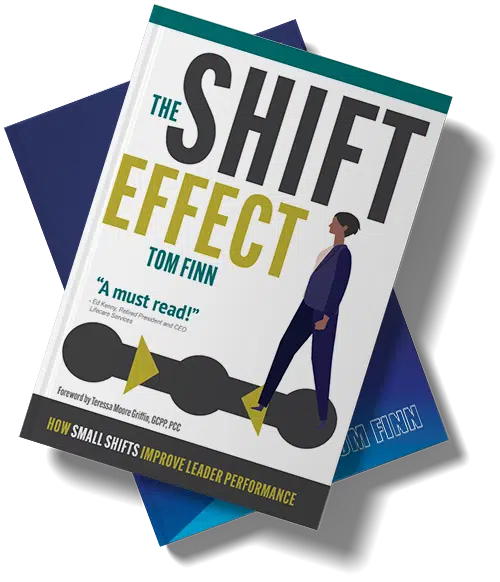Diversity & Inclusion Strategies
Four unique key approaches of our D&I work
Our Diversity and Inclusion (D&I) work spans 30+ years and has included planning new organizational efforts, improving existing efforts, educational efforts, and facilitating “hot” or difficult situations involving race and gender conflicts.
1. Organizational Strategy For Inclusion
To design an effort that will work, we:
- Assure that top management is engaged in the effort
- Assess with you where the organization stands now
- Construct a plan with you that includes but transcends mere education
- Incorporate culture change methods, such as goals, measures, leader involvement, internal change agents, and continuous improvement
2. Measures and Assessment Tools
We have observed that many organizations “do diversity,” but don’t know what they want from it. So we:
- Have three key measures that organizations can use to assess what “good” is with D&I, how good they are now, and what goals to shoot for.
- Provide two assessments keyed to the three measures:
- A Self-Assessment for leaders to judge their skills and the state of the organization.
- An Organizational Assessment for staff to judge the current state.
- Use this information to drive your strategy and D&I goals
3. Coaching and Training
For implementing your strategies, we:
- Use awareness training to create an informed mindset that sets the stage for actions
- Employ Facilitated Dialogues that bring employee experiences to the fore and create solutions
- Coach and advise leaders on D&I strategy and on using culture change methods
- Work with you to create D&I Champions who can make your strategies stick
- Utilize innovative assessment and learning methods; for example, our Mystery Patient assessment
4. Are You Clueless? Book
Tom wrote this book, based on anonymous customer examples, to make D&I visible and practical. “Clueless:”
- Is an approach that makes D&I more approachable
- Maintains that we are all clueless to those different from us
- Shows how easy it is to miss new customers, hidden talent, the cutting off of opportunity, and the negative impact of policies and practices
- Helps groups that “don’t get it” see the downsides of exclusion and the upsides of inclusion
- Gives you workplace examples and actions you can take

